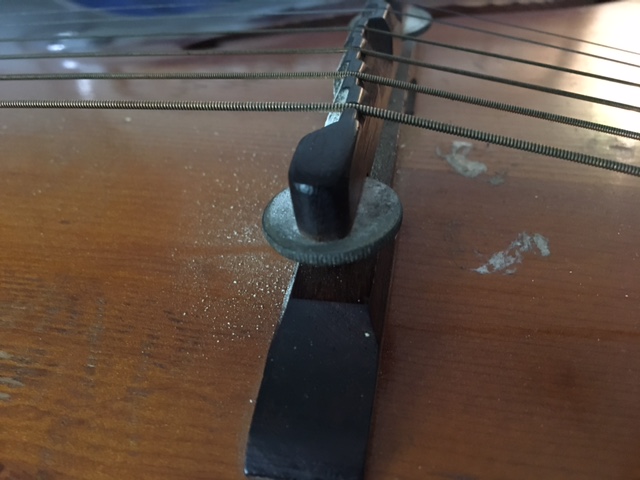Someone once told me that Eric Clapton said, “acoustic guitar will teach you everything about the electric guitar; electric guitar will teach you nothing about the acoustic guitar.” Whoever said it, I believe they were mostly right. So today I nominate acoustic guitar wizard Django Reinhardt as the Greatest Guitar Player of All Time.
Sadly in today’s internet, hyperbole is everywhere, and I have fallen in the with the fashion of the day vis-a-vis my use of the superlative in the title. Today, Django is the GOAT. Tomorrow, or the next day, I will have another nomination, but for today I will present my Reinhardt case. No matter who is making the list, or why, Django should always be in consideration for the top spot, and therefore is the Greatest Guitar Player of All Time – according to calculus and physics.
Django Reinhardt
Django was a French Gypsy (Romani) whose left (fretting) hand was severely damaged in a fire, leaving him with only three functional fingers. Most aspiring guitar players might have taken this as a sign to pick up another trade, yet Django re-doubled his efforts and is now one of the greatest musicians of the 20th century.
In this performance of “Nuages” (French for “Clouds”),
you start off hearing his tasteful counterpoint to the main melody including tremolo chord swells; then OMG unbelievable picked harmonics; then a couple of lightning chromatic runs; then some playful, inventive and soulful playing; and then more harmonics on through the end.
- This is written by Django, so he was not just a shredder, he was a shredder/composer
- This was recorded in Paris in 1940. Clarinet, upright bass, and three guitars all aimed at a single microphone placed some distance from the performers. Those pinch harmonics are heroic. Nowadays we send harmonics through our Klons or TS-9s and whatever boutique amplifier – we have modern pickups – even our bridges and nuts are precision engineering, yet I routinely miss quite a few pinches. Django sends every bell out clear as a siren.
- Speaking of sirens, this was written/recorded in Paris in 1940, by a gypsy jazz player. The war had started, and among all the other things that Nazis despise both gypsies and jazz were on the list. In spite of having a literal target on himself, Django managed to survive the balance of the war and even got to tour the world a bit after the Nazis were vanquished. During the occupation, this song became somewhat of an anthem of hope for future liberation amongst his fellow Parisians.
If you doubt how influential Django was, here is (future GOAT) Jimi Hendrix at Woodstock quoting “Nuages” during the solo section that also included his rendition of the Star Spangled Banner – musically amazing and perhaps a suggestion that we would be beyond war (and nazis) someday.
Here is (future GOAT) Willie Nelson playing the song. The story on Trigger, Willie’s very worn and beautiful nylon strung Martin, is that it was the first and only guitar he ever played that gave him brightness and clarity reminiscent of Django’s tone.
The next exhibit in my litany of Django is this 1937 recording of “Minor Swing,” featuring the famous pairing of Django and virtuoso violinist Stephane Grappelli. The little rhythm touches during Grappelli’s solo (around 1:50) are just sublime.
David Grisman’s first Quintet album features a spritely version of the tune and shows the Reinhardt/Grappelli influence on virtually all acoustic music since 1977.
A personal favorite song when I first discovered Django was “Belleville.” I could almost grok the melody and chords, and hack through it, so I liked it. I love all the bluesy bends that he does and his endless inventiveness throughout the tune.
I wish we had had youtube when I was first learning, here is some live footage of Django jamming.
Nope, it wouldn’t have helped – I’m still mystified.
If you’re a fan of Django, you might enjoy the Zirque Bois d’Arc album Songs About Russia or Lick Lick‘s 4th record, You and Me Neither, Too (it’s electric and definitely rock, but give it a shot).

